1,000 Burials Found Among Ruins From the French Revolution
An excavation of a feudal abbey in France has revealed the ruins of a medieval village and more than 1,000 burials. The ancient cemetery holds the bodies of many nuns and various other groups attached to the medieval village of Belmons.
This abbey, called the Beaumont Abbey, was torn down during the French Revolution. This recent archeological dig has revealed remains from during this time, as well as from centuries before.
The Beginning of the Excavation
The excavation of Beaumont Abbey is the first archeological dig of a European abbey. Because this abbey previously was quite large and old, a lot was revealed about its history and its evolution.
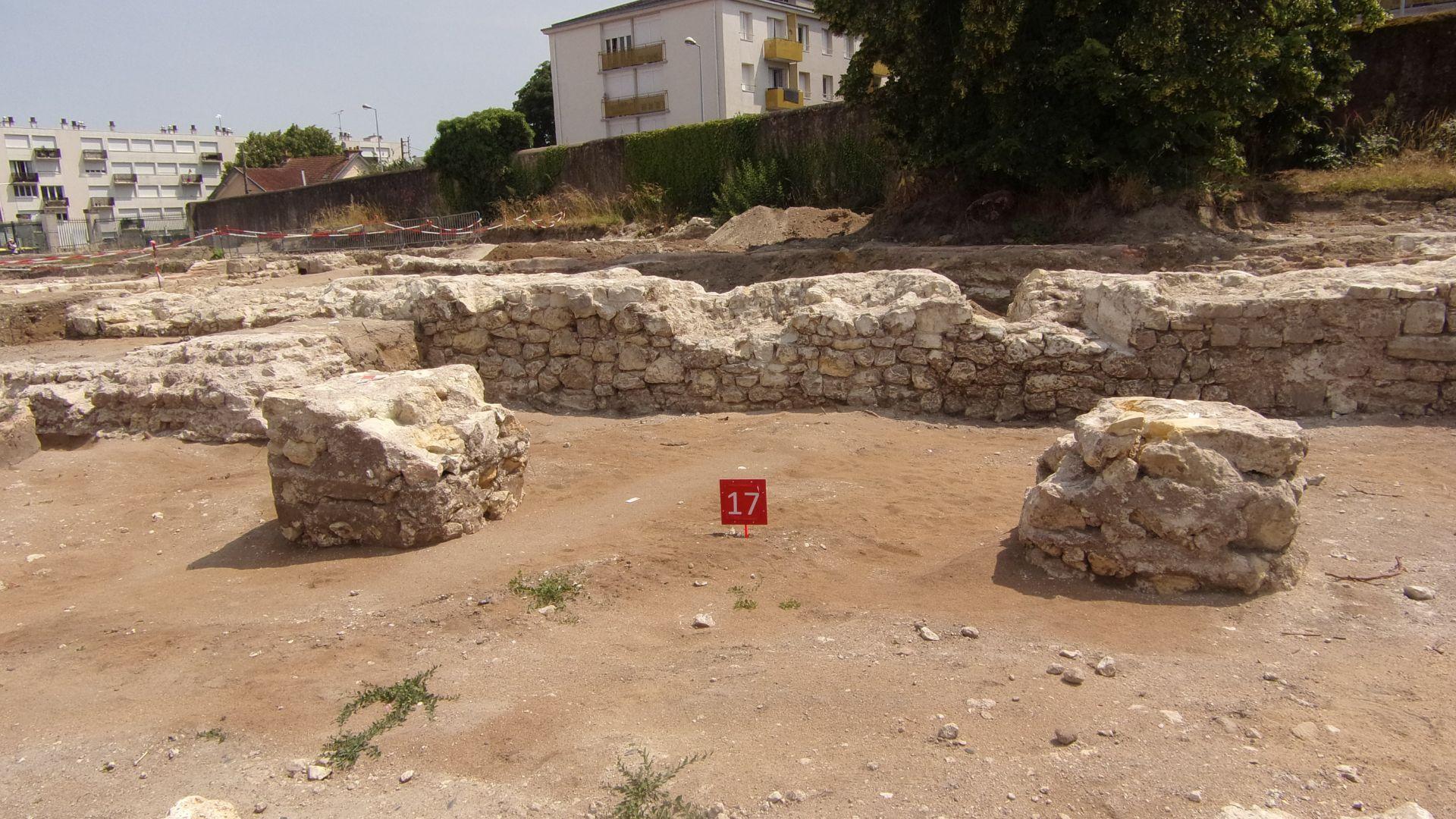
Source: Joël Thibault/Wikimedia Commons
Philippe Blanchard of the National Institute for Preventive Archaeological Research (Inrap) led the excavation. This dig began in September 2022. Blanchard and his team fully completed it in December 2023.
The Medieval Village of Belmons
Though much of the French Revolution is attached to Beaumont Abbey, the abbey and the village surrounding it have feudal origins. Belmons has been around for more than 1,000 years, as it was occupied from at least 845 AD.
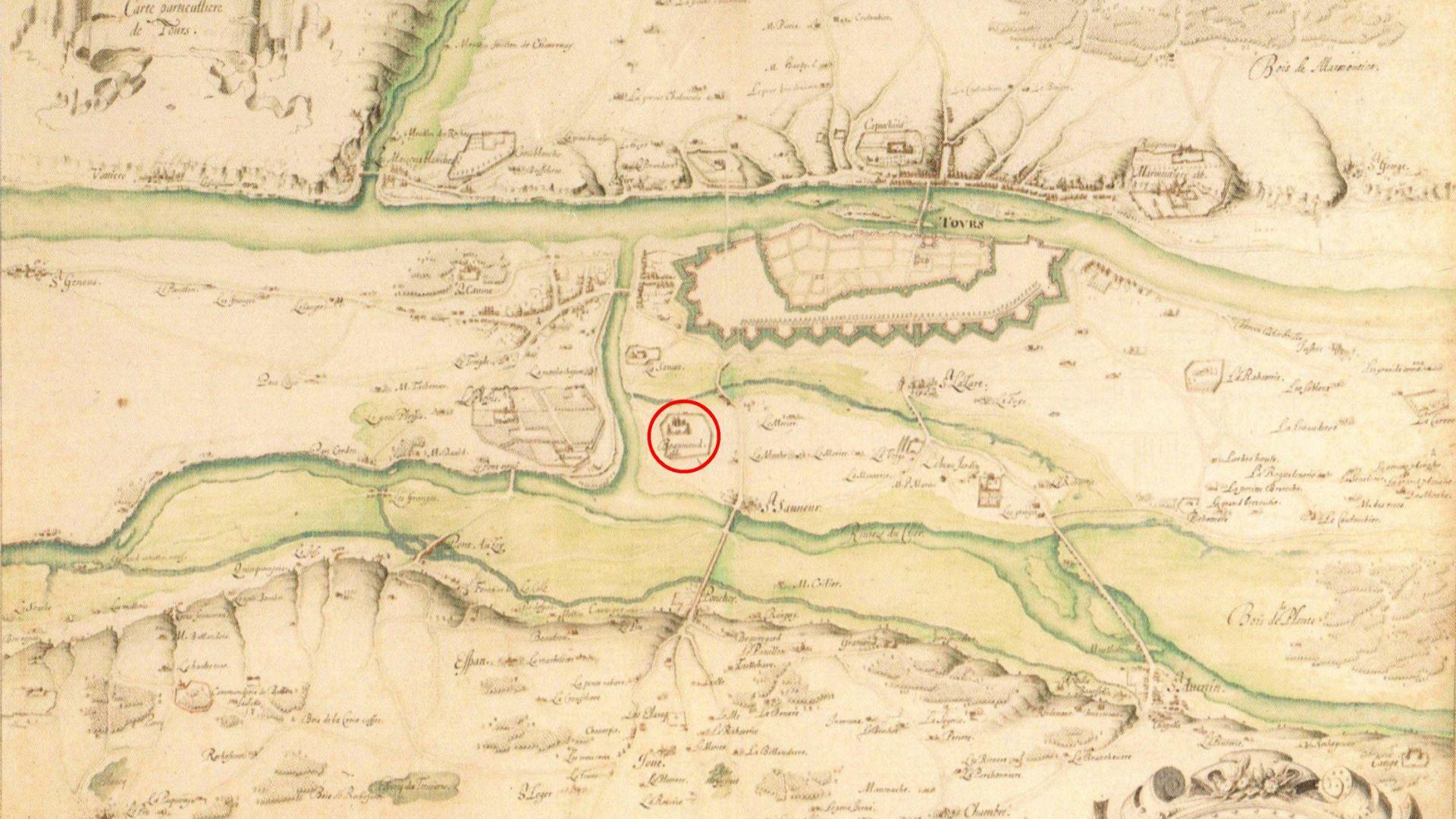
Source: Joël Thibault/Wikimedia Commons
The abbey itself was founded in 1002 AD in the medieval village of Belmons. Thanks to historical records, scholars were able to see that the abbey quickly became a large community located outside of Tours in the Loire Valley.
Much of the Abbey Was Excavated
During archeological digs, what is discovered can differ from place to place. Sometimes, many fossils or elements are uncovered. Other times, only a few pieces here and there. Blanchard and his team, however, were able to excavate much of the abbey.
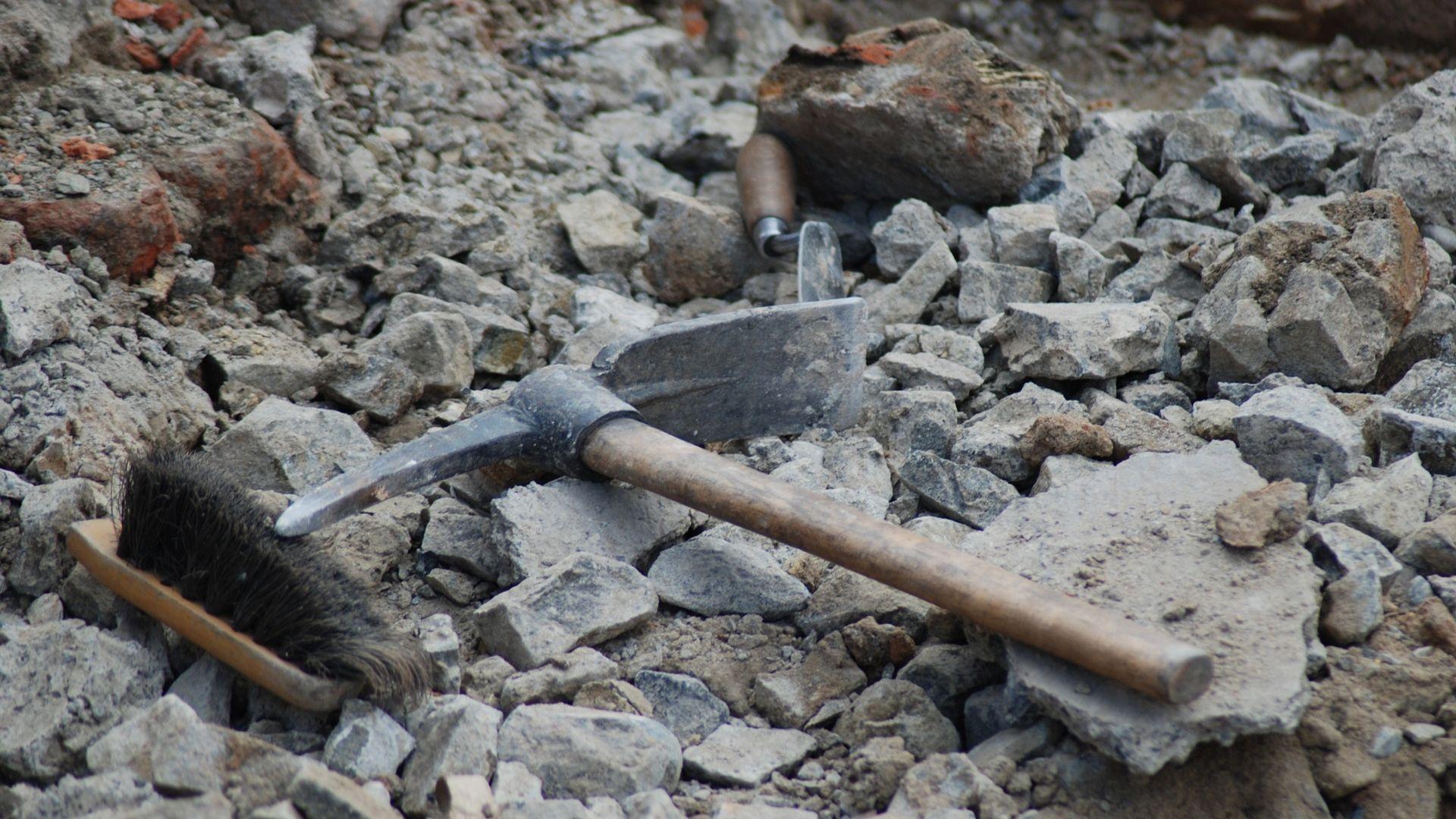
Source: Jumbuk73/Pixabay
According to Blanchard, they were able to excavate “the entire church, the entire cloister, all the peripheral buildings, all the facilities, the abbey dwellings, the refectory, the kitchen, the sinks, the parlor, the cellar, the dovecote, the ovens, cisterns, pipes, washhouse, latrines, icebox, dumps.”
The Discovery of More Than 1,000 Burials
On the property of the abbey, Blanchard and his team also uncovered a cemetery that contained more than 1,000 burials. All these burials were from different periods. As the abbey was built in 1002, some of these burials may be very old.

Source: Joël Thibault/Wikimedia Commons
This cemetery was used by the nuns and servants of the abbey. However, various other groups seemingly used the cemetery, as well.
The Burials of Plague Victims
Thanks to historical records, archeologists were able to look for burials of plague victims during 1563. The teams found evidence that many nuns were affected by the plague — and some even died on the same day during that year.

Source: Joël Thibault/Wikimedia Commons
“We know that a plague epidemic occurred in 1563,” Blanchard explained. “And that in the same week, nine nuns — two of them on the same day — died and were buried in the same grave.”
Burial Remains to Be Analyzed
Though the team has dug up over 1,000 burials, these remains have yet to be fully analyzed. As a result, there isn’t a lot known about the people who were buried here.

Source: Joël Thibault/Wikimedia Commons
However, Blanchard hopes the upcoming analysis of these remains will reveal quite a lot. The team is specifically looking for how these people’s health was, where they came from, and what they may have eaten when they were alive.
The Medieval Abbey’s Evolution
This year-long archeological dig also revealed that Beaumont Abbey underwent an interesting evolution over hundreds of years. Evidence shows the abbey had at least two massive structural changes.

Source: Joël Thibault/Wikimedia Commons
The first structural change in design occurred around the 11th or 12th century. More buildings and additions to the church were added a few centuries later. However, smaller remodelings were also seen throughout the abbey’s history.
The Abbey’s Destruction
Unfortunately, the Beaumont Abbey was destroyed during the French Revolution in 1789. The entire abbey was seized by the state of France, as were its lands. The 46 nuns who were living in the abbey were also expelled.
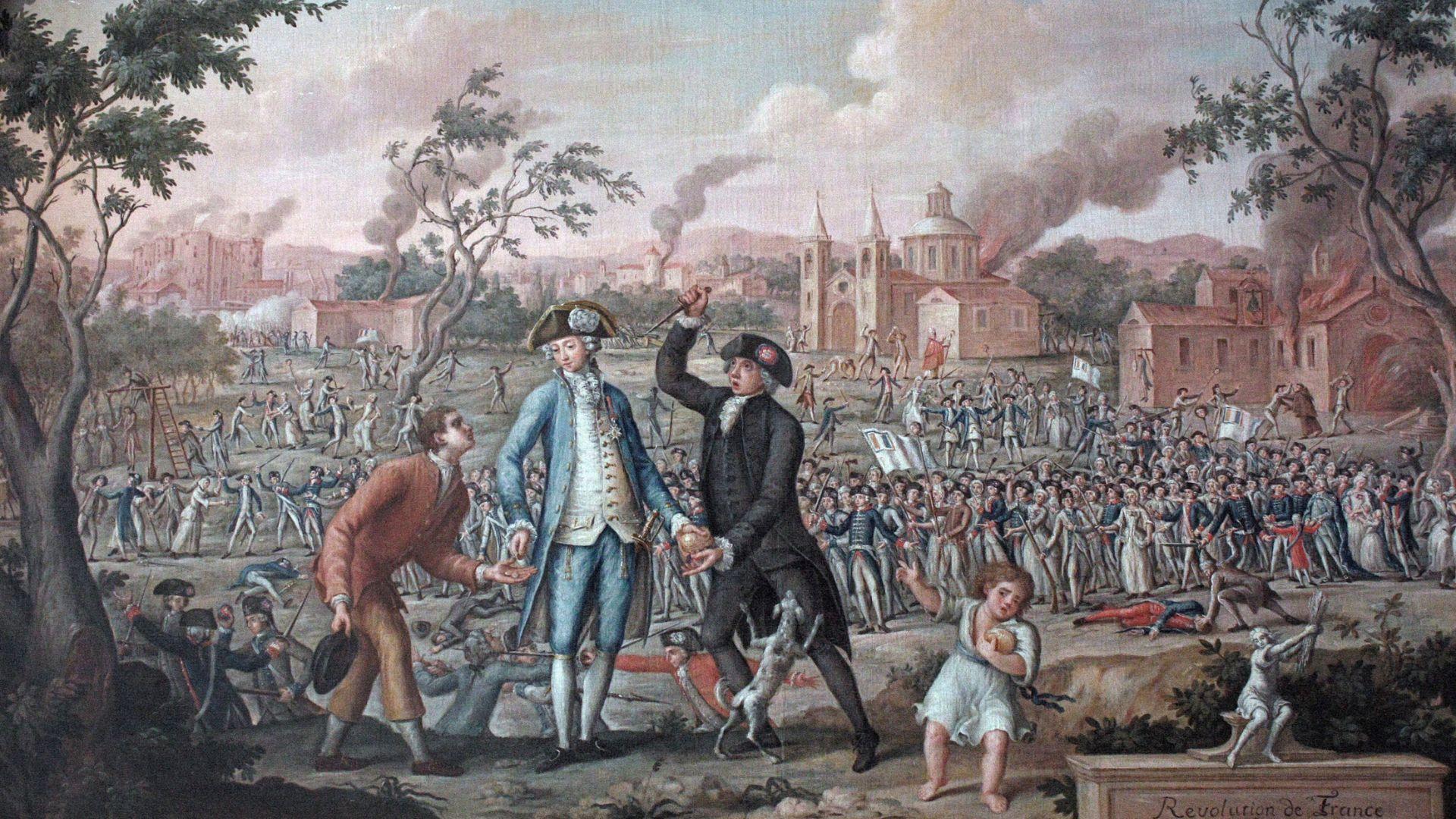
Source: Public Domain/Wikimedia Commons
Eventually, the entire property and its lands were ruined. In the early 19th century, the church and its many buildings were torn down.
Many Burial Vaults Were Opened During the Revolution
As the team of archeologists began to excavate the cemetery, they quickly learned that many of the vaults and tombs were opened during the French Revolution.
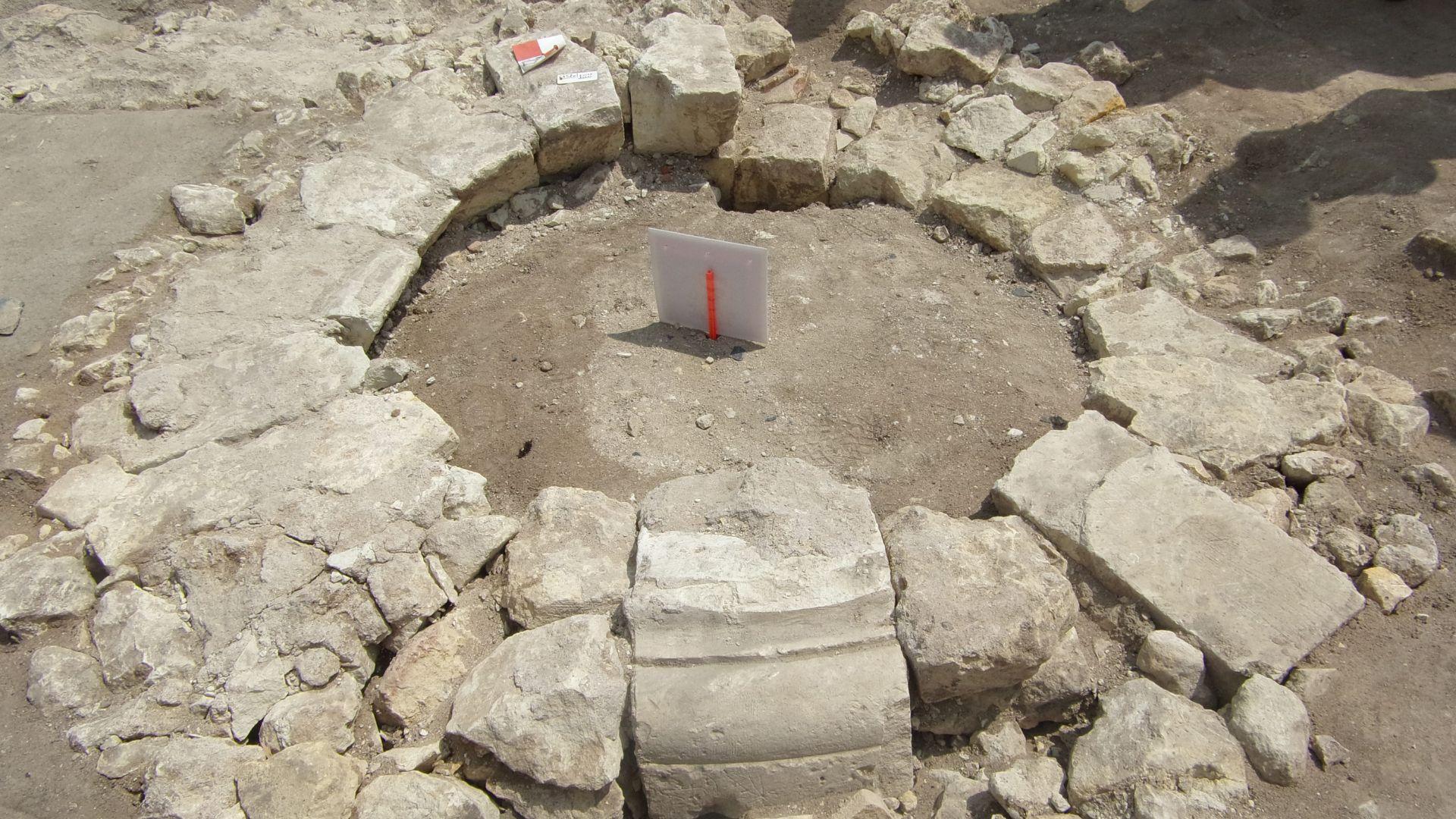
Source: Joël Thibault/Wikimedia Commons
For example, historical texts reveal that an abbess’ tomb was on the grounds. This abbess was buried with a dozen pots. The team believes this abbess may have been Louis XIV’s granddaughter, Madame de Bourbon-Condé. However, the only vault in the cemetery revealed that it had likely already been opened.
The French Revolution Needed Lead
During the French Revolution, lead was hard to come by. Many in the Revolutionary Army took to opening burial vaults and using lead coffins for their own use. These lead coffins were used to make bullets.
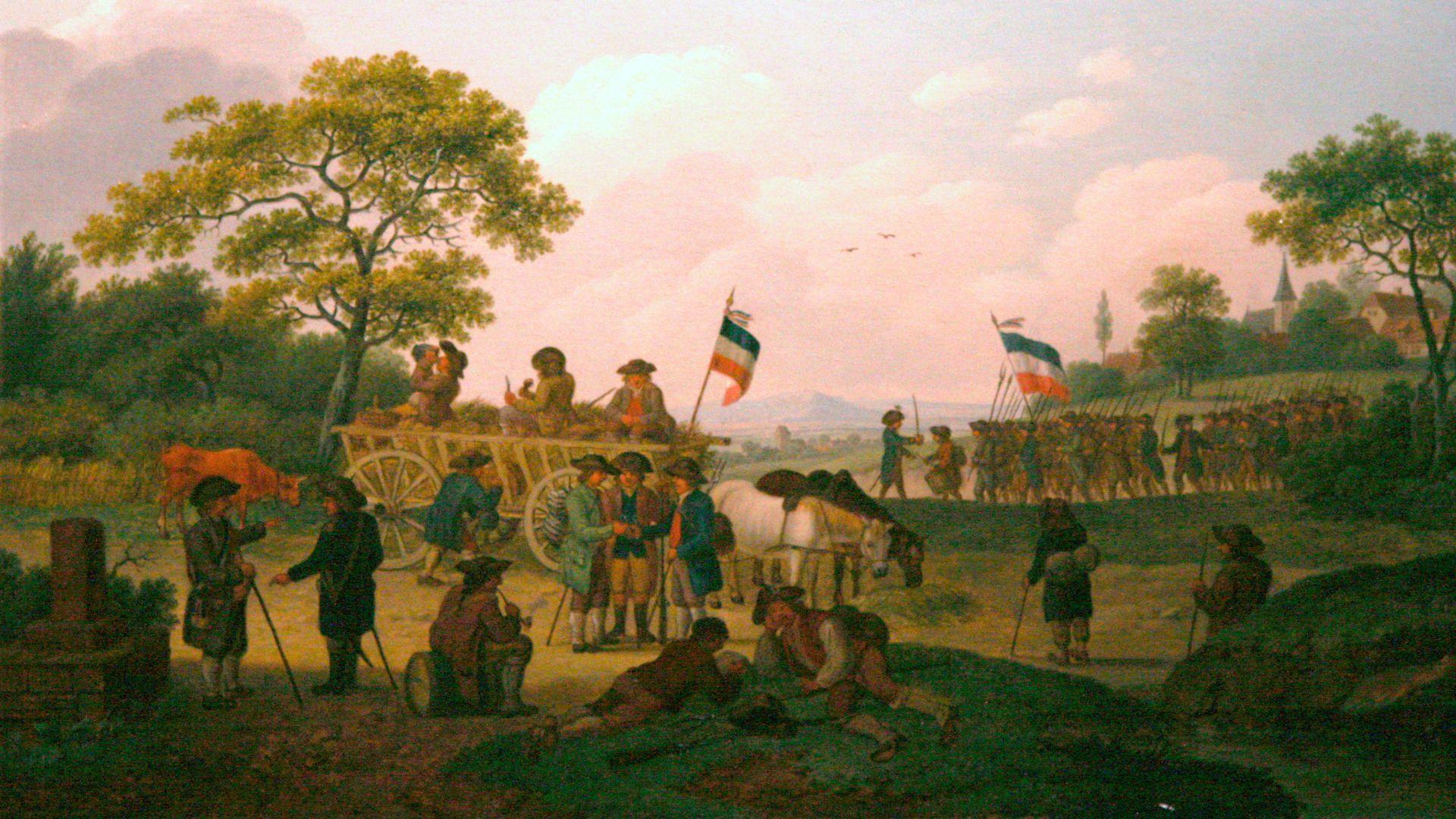
Source: Rama/Wikimedia Commons
The abbess’ vault was likely opened for this purpose during this time. When the team first discovered the vault, there were only a few bones alongside some ceramics in it.
Life in the Abbey
The abbess in the vault, Madame de Bourbon-Condé, likely lived a very comfortable life. In 1720, she became a nun. In 1732, she became the abbess of Beaumont. She eventually passed in 1772, a little more than 10 years before the abbey was destroyed.

Source: Peter Herrmann/Unsplash
The team believes the abbess may have had her own home and her own servants. She probably lived a comfortable life of luxury in the abbey, as an 18th-century porcelain tea service from China was excavated.
